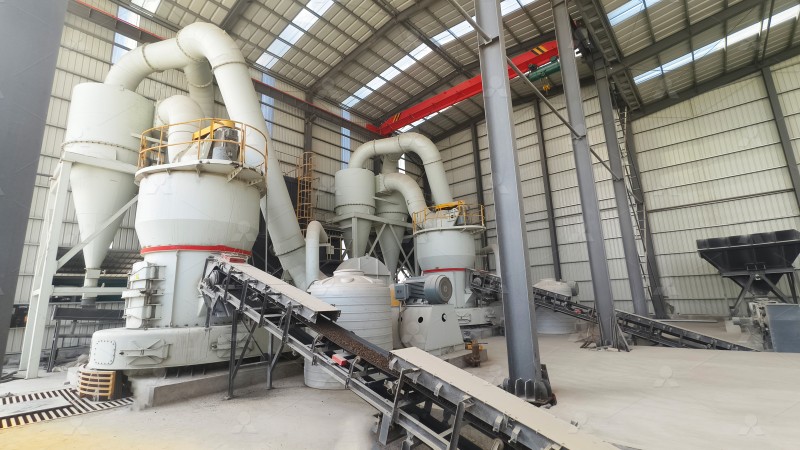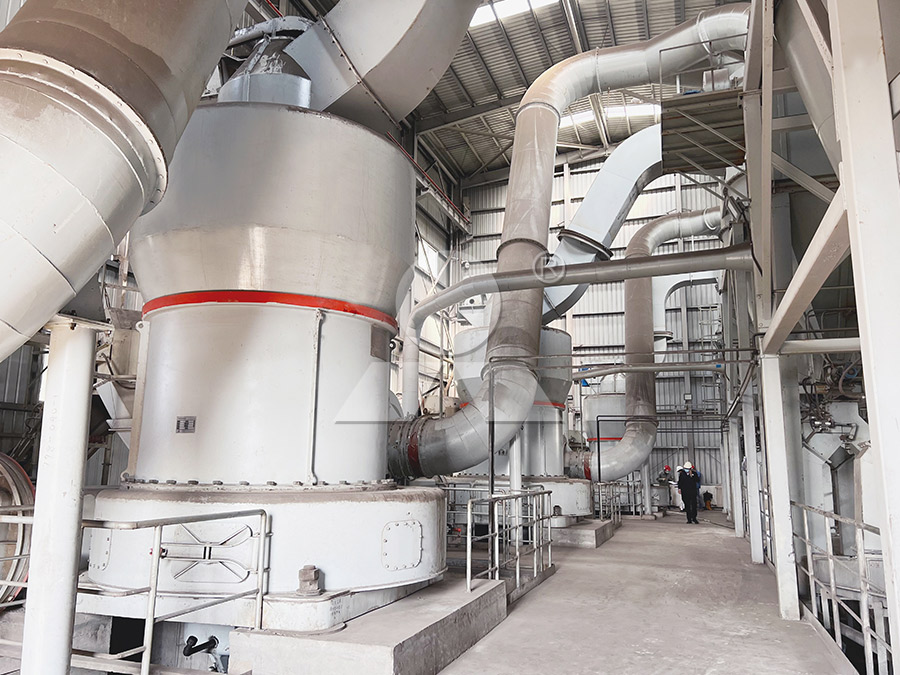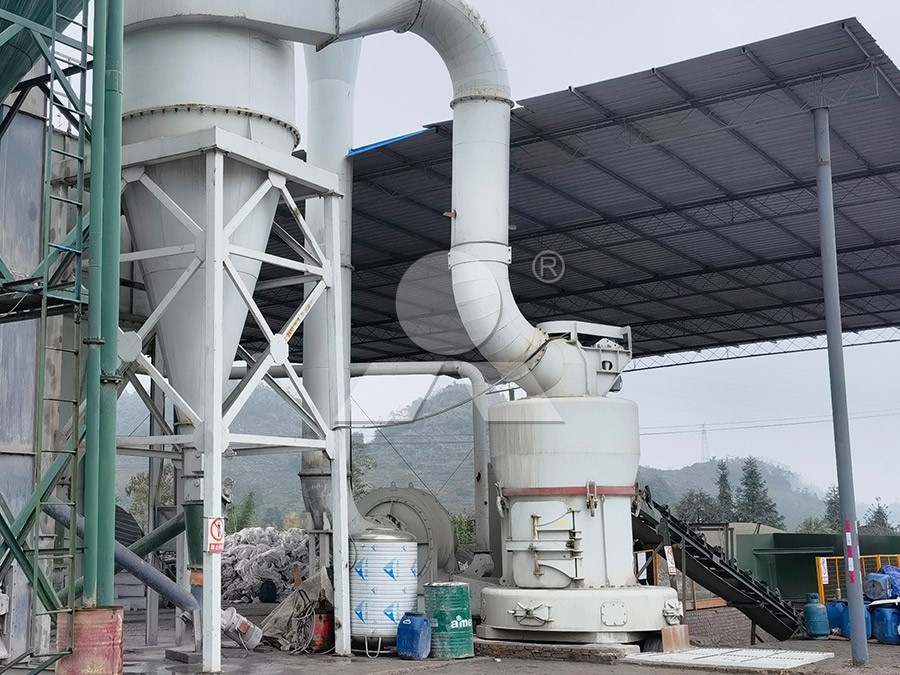How Does a Limestone Grinding Mill Work in Power Plant Desulfurization?
How Does a Limestone Grinding Mill Work in Power Plant Desulfurization?
Flue Gas Desulfurization (FGD) is a critical process in modern power generation, essential for reducing sulfur dioxide (SO₂) emissions and meeting stringent environmental regulations. At the heart of many effective FGD systems lies a surprisingly simple material: limestone. The efficiency of converting raw limestone into the fine powder required for this process depends entirely on the grinding mill technology employed. This article explores the technical workings of limestone grinding mills within power plant desulfurization systems.
The Role of Limestone in FGD Systems
In wet flue gas desulfurization systems, the most common type, flue gases are scrubbed with an alkaline slurry. Limestone (primarily calcium carbonate, CaCO₃) is the reagent of choice due to its widespread availability and high reactivity. When ground to a very fine powder, typically between 325 and 2500 meshes, its surface area increases dramatically, allowing it to rapidly react with SO₂ to form gypsum (calcium sulfate), a commercially usable byproduct. The key to this reaction’s efficiency is the fineness and quality of the limestone powder.

Core Working Principles of a Limestone Grinding Mill
The transformation of coarse limestone into a reactive powder follows a precise mechanical process. While designs vary, the fundamental steps are consistent across modern grinding mills:
- Crushing and Feeding: Raw limestone with an input size of 0-20mm is first crushed by a crusher and then elevated into a hopper. A vibrating feeder ensures a consistent and even flow of material into the grinding chamber.
- Grinding: This is the core of the operation. The heart of our MW Ultrafine Grinding Mill features a grinding roller and ring design. The motor, via a reducer, drives the main shaft and turnplates. Dozens of rollers rotate against the raceway of the grinding ring, powerfully crushing and grinding the limestone fed onto the turnplate.
- Classification: After grinding, the powdered limestone is carried by an air current into an integrated powder separator. A multi-head cage-type selector, utilizing advanced German technology, precisely separates the particles. Coarse powder is rejected and returned for regrinding, while fine,合格 powder proceeds.
- Collection and Dedusting: The fine powder, entrained in the air flow, is collected in a cyclone powder collector and discharged as the final product. The entire system is sealed and operates under negative pressure, with an efficient pulse dust collector ensuring no dust pollution, a critical feature for power plant environmental standards.

Choosing the Right Mill for Power Plant Desulfurization
Not all grinding mills are created equal for the demanding, continuous operation of a power plant. Key selection criteria include energy efficiency, product fineness control, operational stability, and environmental compliance. For instance, our MW Ultrafine Grinding Mill is engineered specifically for producing ultra-fine powder with higher yield and lower energy consumption. Its unique design, which eliminates rolling bearings and screws inside the grinding chamber, directly addresses common failure points, minimizing unscheduled downtime. With a capacity range of 0.5-25 tph and the ability to adjust fineness between 325-2500 meshes, it offers the flexibility and reliability that power plant operators require.
For larger scale operations or different material characteristics, the LM Vertical Grinding Mill presents another robust solution. It integrates crushing, drying, grinding, and classifying in a single unit, reducing the comprehensive investment and footprint. Its operational energy consumption is 30%-40% lower than traditional ball mills, making it a cost-effective and space-saving alternative for major power generation facilities.
Conclusion
The limestone grinding mill is a cornerstone of modern, environmentally responsible power generation. By efficiently transforming raw limestone into a highly reactive powder, it enables power plants to significantly reduce their atmospheric emissions. Investing in advanced, reliable grinding technology is not just an operational decision but a commitment to sustainable energy production.

Frequently Asked Questions (FAQ)
Q1: Why is limestone fineness so important in FGD?
A1: The reaction between limestone and SO₂ is a surface-area-dependent process. Finer powder provides exponentially more surface area, leading to faster, more complete desulfurization and higher efficiency in the absorber tower.
Q2: How does the MW Ultrafine Grinding Mill achieve lower energy consumption?
A2: The MW Mill incorporates newly designed grinding curves for its roller and ring, which significantly enhance grinding efficiency. It also uses a high-efficiency powder selector and an optimized air flow system, reducing system energy consumption by up to 30% compared to jet mills.
Q3: What are the main advantages of a vertical grinding mill like the LM series for this application?
A3: The primary advantages are its compact layout (50% smaller area than ball mill systems), integrated functions (drying and grinding), and lower overall energy consumption. Its stability and automated control make it ideal for the 24/7 operation of a power plant.
Q4: Is dust control a significant issue with these grinding mills?
A4: Modern mills like the MW and LM series are designed with environmental protection as a core principle. They are equipped with efficient pulse dust collectors and sealed systems that operate under negative pressure, effectively preventing any dust spillage and ensuring a clean operation.
Q5: What is the typical maintenance requirement for these mills?
A5: Designs like the MW Mill, which has no rolling bearings in the grinding chamber, drastically reduce maintenance needs. Features like external lubrication systems and reversible structures in the LUM mill allow for easy access to wear parts, minimizing downtime and ensuring worry-free operation.
